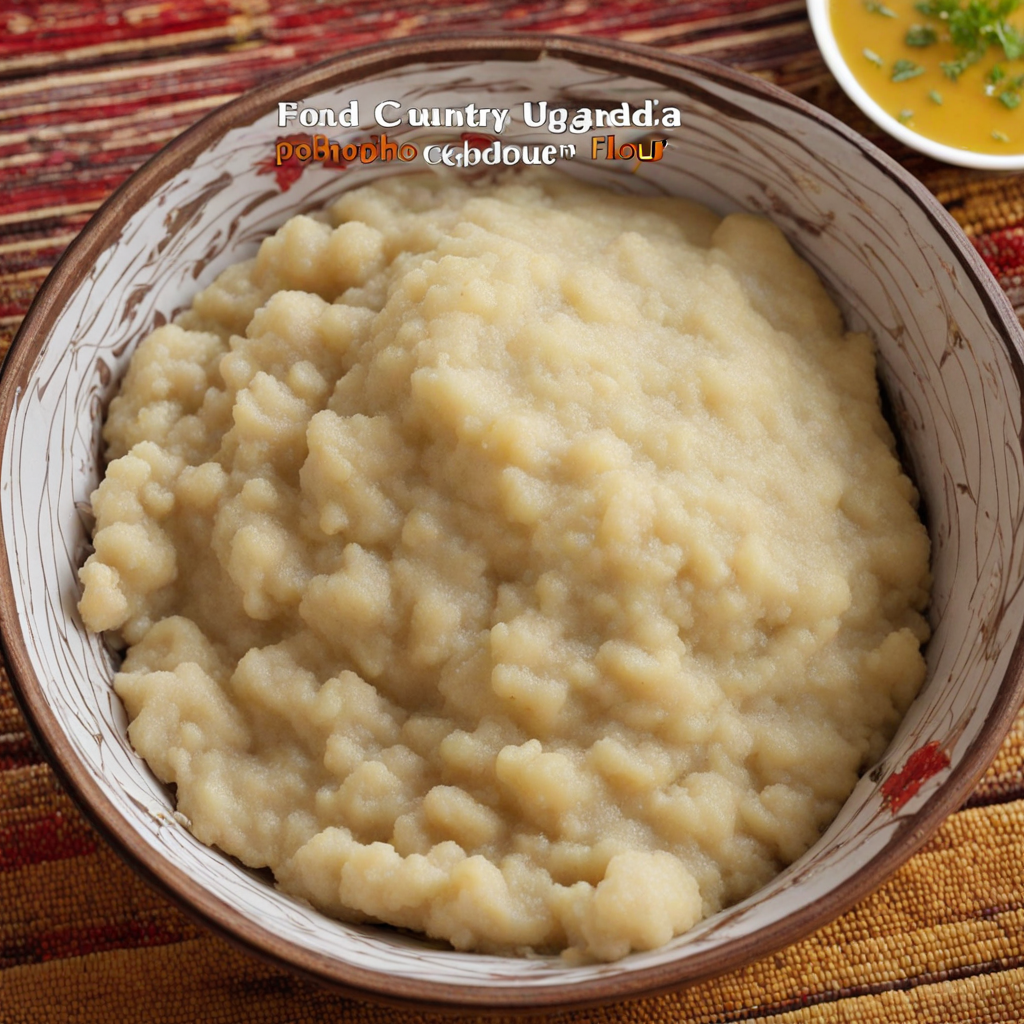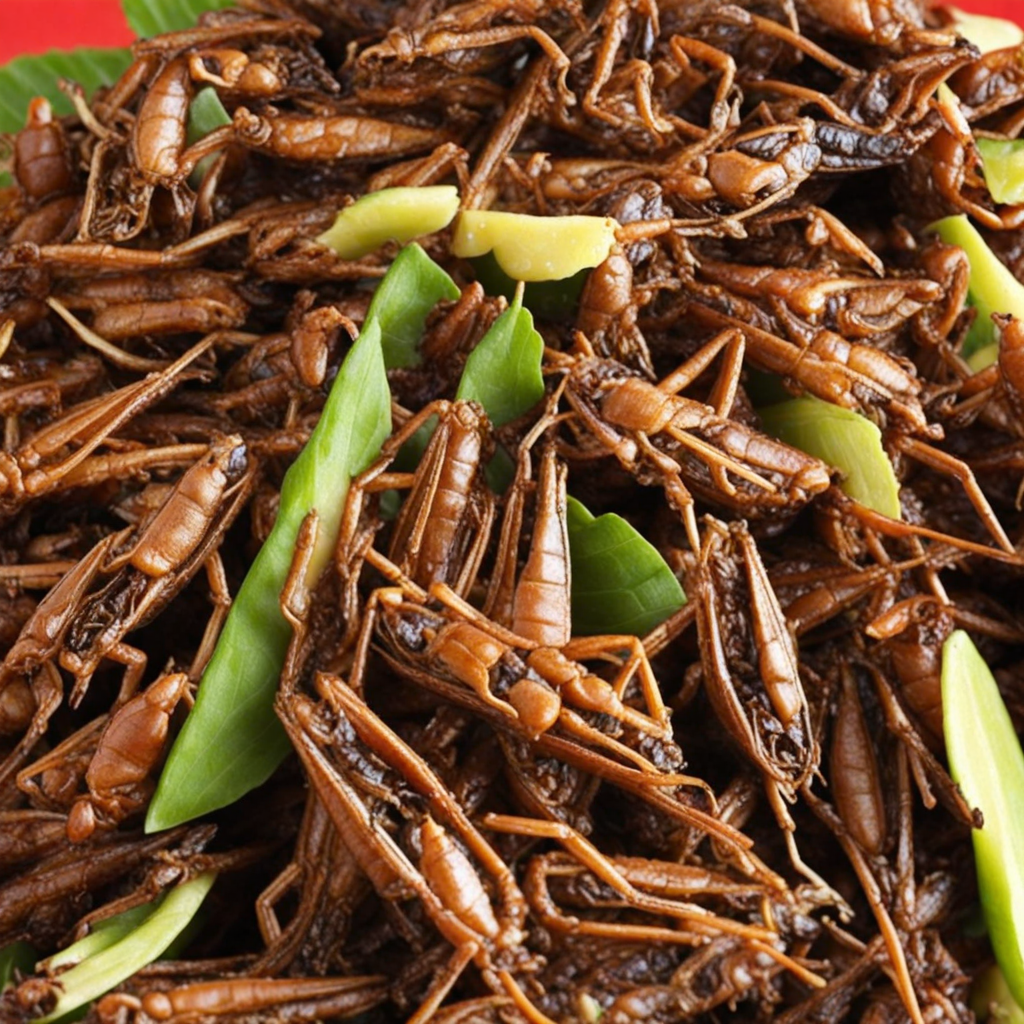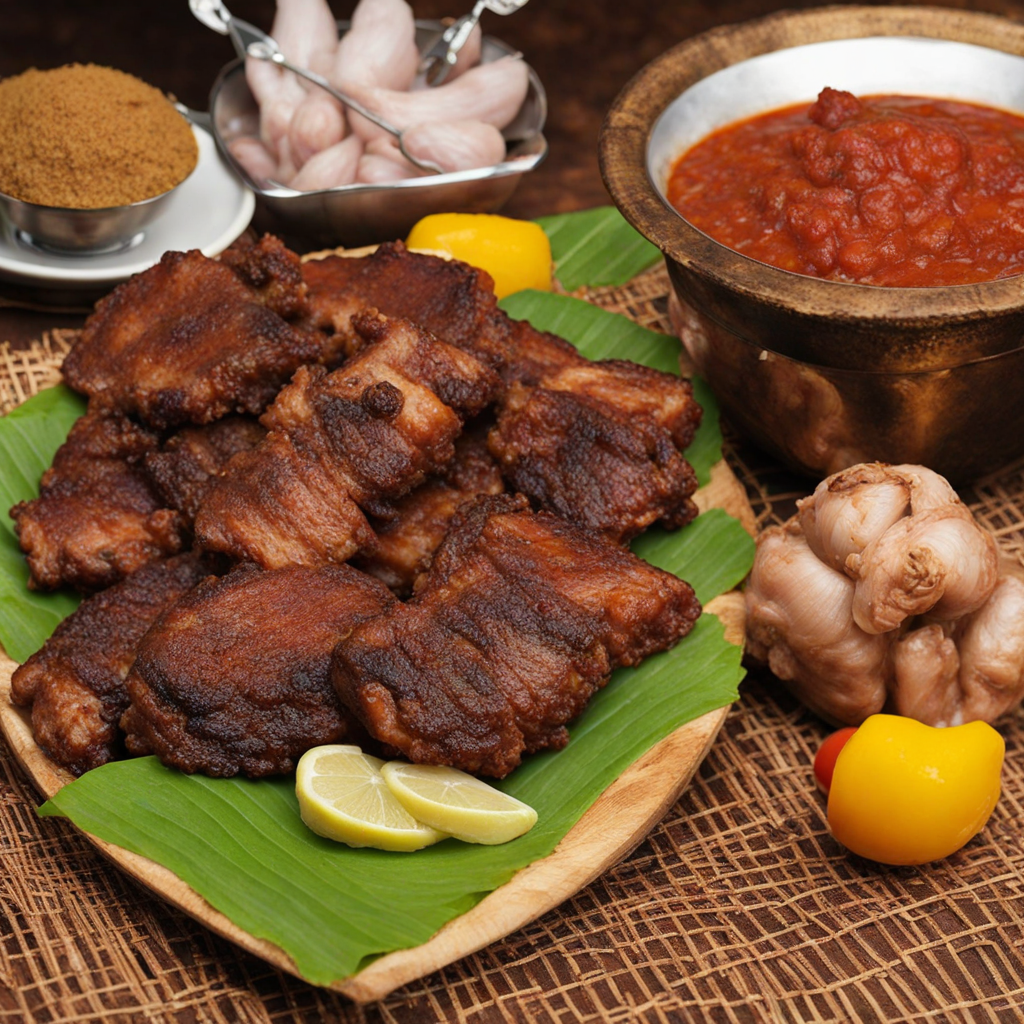Posho
Posho, also known as ugali or maize porridge, is a staple dish in Uganda that embodies the heart of the country’s culinary tradition. Made primarily from maize flour and water, this dish is cooked to a thick, dough-like consistency, making it a versatile accompaniment to a variety of meals. The process of making posho is simple yet rewarding; the maize flour is stirred continuously in boiling water until it reaches the desired texture. This results in a subtly flavored, dense porridge that serves as a perfect canvas for absorbing the flavors of accompanying dishes. In Uganda, posho is often enjoyed with a wide range of sides, including stews, grilled meats, or vegetables. Its neutral taste complements the rich and spicy flavors of Ugandan cuisine, allowing it to enhance the overall dining experience. The dish is typically served in a mound or shaped into balls, making it easy to scoop up with the hands or a spoon, a practice that adds to the communal aspect of Ugandan meals. Beyond its taste, posho holds cultural significance, often being served during special occasions, family gatherings, and celebrations. It is not just a source of sustenance but also a dish that brings people together around the table. For anyone looking to explore the flavors of Uganda, trying posho is essential; it offers a unique opportunity to appreciate the simplicity and heartiness of traditional Ugandan food while providing a satisfying and filling element to any meal.
How It Became This Dish
The History of Posho: A Staple of Uganda Introduction to Posho Posho, a staple food in Uganda, is a simple yet vital dish made primarily from maize flour and water. Known for its versatility and ease of preparation, posho serves as a fundamental part of the Ugandan diet, often accompanying various stews and sauces. This dish, while humble in its ingredients, embodies much of Uganda's rich culinary history and cultural significance. Origins of Posho The roots of posho can be traced back to the indigenous communities of East Africa, where maize was first cultivated. Maize, or corn, was introduced to Africa from the Americas in the late 15th and early 16th centuries by European explorers and traders. It adapted remarkably well to the African climate, leading to its widespread cultivation. By the time maize became a staple in Uganda, various methods of preparation had already emerged, including the creation of posho. The traditional method of making posho involves boiling water and gradually adding maize flour, stirring continuously until it reaches a thick, smooth consistency. This method is reminiscent of practices seen in other cultures where similar starchy staples are prepared, showcasing a shared human experience of cooking and sustenance. Cultural Significance of Posho Posho holds a significant place in Ugandan culture, not only as a dietary staple but also as a symbol of resilience and community. In many Ugandan households, posho is often associated with meals that bring families together. It is commonly served during communal gatherings, celebrations, and even during times of hardship, highlighting its role as a comfort food. Moreover, posho is a dish that transcends class boundaries. While it is often viewed as a peasant food due to its low cost and simple ingredients, it is appreciated across all social strata. In urban areas, posho may be served alongside more elaborate dishes, while in rural communities, it remains the primary source of carbohydrates, often consumed daily. The dish has also found its way into humanitarian contexts, particularly during times of crisis. In refugee camps and during food relief efforts, posho is frequently included in food rations due to its nutritional value and ease of storage. The United Nations and various NGOs often distribute a fortified version of maize flour, which contains essential vitamins and minerals, ensuring that even the most vulnerable populations receive adequate nutrition. Development Over Time As Uganda has experienced political, social, and economic changes throughout the 20th and 21st centuries, so too has the preparation and consumption of posho evolved. In the post-colonial era, the country faced numerous challenges, including civil wars and economic instability. During these times, posho remained a reliable food source, often being the only meal families could afford. With globalization and the introduction of various culinary influences, posho has undergone transformations in its preparation and presentation. In urban settings, chefs and home cooks alike have begun to experiment with the dish, incorporating different flavors and ingredients. For example, posho can be infused with spices or served with a variety of sauces, including tomato-based stews, fish, or meat, reflecting a fusion of traditional and modern culinary practices. Additionally, the rise of health consciousness among Ugandans has led to discussions about the nutritional aspects of posho. While maize flour is a good source of carbohydrates, there is increasing awareness regarding the importance of a balanced diet. As a result, many are looking to combine posho with other ingredients, such as beans or vegetables, to enhance its nutritional profile. In recent years, the growing interest in local and sustainable food sources has further revitalized the appreciation for traditional dishes like posho. Initiatives promoting indigenous farming practices and traditional recipes have gained traction, encouraging younger generations to reconnect with their culinary heritage. As a result, posho has seen a resurgence not only as a staple food but also as a symbol of cultural pride and identity. Posho in Contemporary Uganda Today, posho remains an integral part of Ugandan cuisine, beloved by many for its affordability and adaptability. It is commonly served in homes, schools, and restaurants across the country. In rural areas, where maize farming continues to be a primary livelihood for many families, posho is often prepared in large quantities for community consumption, reinforcing social bonds and shared experiences. In urban areas, posho has found its place in various dining establishments, from local eateries to upscale restaurants, where chefs present it with innovative twists. The dish has also gained recognition outside Uganda, as the global interest in African cuisine continues to grow. Food festivals, cultural events, and online platforms have introduced posho to international audiences, celebrating its simplicity and cultural significance. Conclusion The journey of posho from its origins to its contemporary status as a beloved staple in Uganda is a testament to the resilience and adaptability of Ugandan culture. More than just a food item, posho represents the heart of Ugandan culinary traditions, reflecting the history, struggles, and triumphs of its people. As Uganda continues to evolve, so too will the story of posho, adapting to new influences while remaining a symbol of nourishment and community. Its enduring presence on tables across the nation speaks to the importance of food as a vehicle for cultural identity, connection, and continuity. In every bowl of posho lies not only the sustenance of the body but also the rich tapestry of Ugandan life and history.
You may like
Discover local flavors from Uganda







